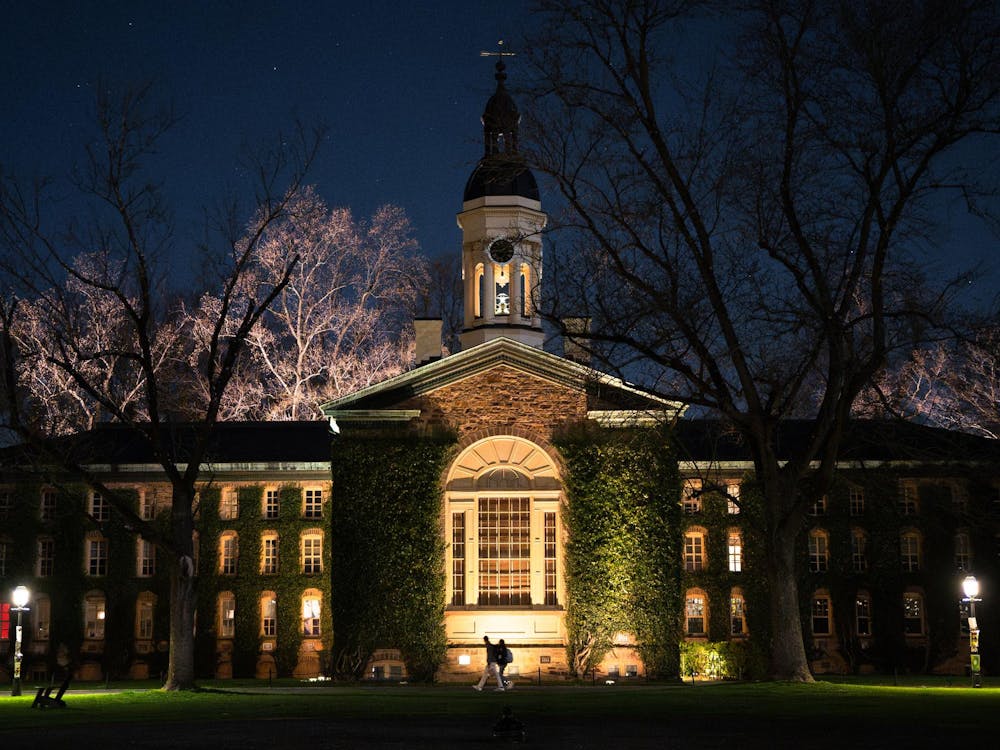Fall 2012-13 courses are up, and everyone is starting to fill in tentative schedules for the next semester. Some of us have four or five classes decided, more or less set in stone. For others, like me, there aren’t enough colors in the Integrated Course Engine or hours in the day to make sense of the overlapping mess of prospective courses. OK, that’s an exaggeration.
Most of my classes are somewhat predefined as an engineer. The majority of my schedule makes itself. But the one that always gives me the most trouble to pick is the “obligatory” humanities/social sciences course. It can be a challenge to find a course that does not conflict with department classes and precepts, still has openings and has a reasonable workload and satisfactory grading setup.
Several classes interest me. But, no matter how interesting, most of us cannot afford to take a course that requires just a bit too much for a distribution requirement, to the point where it can distract from departmental and concentration courses. Those we mainly leave to the department concentrators. We have to balance interest with work and with the background knowledge and familiarity required.
For many of my A.B. friends, the solution is simple. They know exactly how to fulfill their STL and STN distribution requirements without choosing a course that would necessitate background knowledge or heavy investment in the department. “Bridges,” “Stars for Stoners,” “Emails for Females,” “Lasers for Losers,” “Rocks for Jocks” and the like: These are classes that are specifically advertised as science courses for the humanities/social sciences majors. No background knowledge or prerequisites are required, which is helpful and often necessary for many.
There are not many, if any really, equivalents for the science and B.S.E. majors, for the student with less of a background in the humanities (the exception possibly being “Kiddie Lit”). We are allowed almost the entirety of the A.B. course catalog to fulfill our distribution requirements. In some ways, this is advantageous for us. We are not as limited by prerequisites in the humanities and social sciences departments as they are, unfortunately by nature, in ours. This allows us the ability to explore subjects in a much broader sense.
But in other ways, it is interesting that there is no distinction for the science and engineering major in the A.B. world. We must inevitably throw ourselves into the mix with concentrators or, at the very least, with students who are slightly more accustomed to the structure of a humanities course. For example, some of my A.B. friends cannot understand why I skip the readings one week for my humanities class and do not make them up; however, my B.S.E. friends understand exactly. Our approaches to the same course are ostensibly different.
The lower level and introductory courses offer some escape. A slightly broader range of students tend to take these classes. The material does not require any familiarity with the subject or the department, and the course load tends to be lighter. But I have personally been chastised by one advisor for even putting an introductory humanities course on my course enrollment worksheet. He crossed my choice out and replaced it with another that concerned the same subject but was a full level of difficulty higher. If I want to enroll in a reputably easier humanities course, it will most likely have to be without my advisor’s approval.
I would not necessarily expect a humanities major to take a 300-level science or engineering course. But, without the same regiment of prerequisites, I find that curiously this sentiment does not always translate in the opposite direction. Again, I recognize that it is difficult for many humanities and social science majors to take upper-level courses without having gone through the lower-level sequences; but, in some cases, isn’t it likewise difficult for the engineering or science major to put in the hours and hundreds of pages of reading in an upper-level, say, history or political science class?
There is something to be said about the success of “Kiddie Lit” among science and engineering students. It attracted such a wide variety and large number of students, offering an alternative to the normal humanities or social science course. Its popularity, in this sense, may provide some indication as to the type of courses that can be constructed for a broader student population, especially for science and engineering majors, within the distribution requirements.
Fulfilling the humanities and social sciences distribution requirements for an engineering major thus ends up being an interesting task. We can and do survive in the current system as it is now. But I think it would be interesting for the University to explore the development of a few humanities and social sciences courses that are perhaps suited more toward the engineer and science major in the way certain science classes are suited toward the humanities major, and to see if there is any interest in them.
Kinnari Shah is a sophomore from Washington, N.J. She can be reached at kmshah@princeton.edu.








